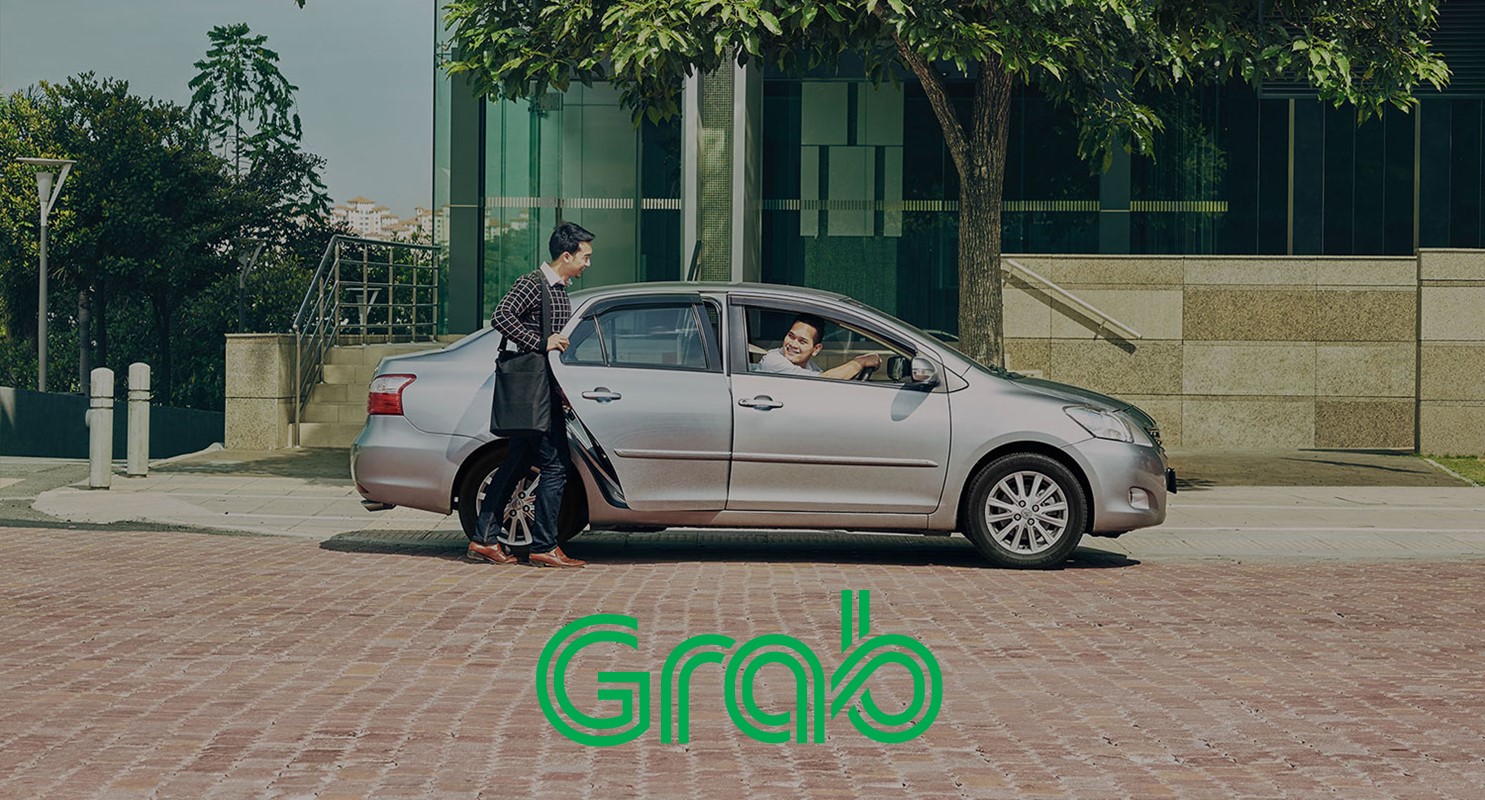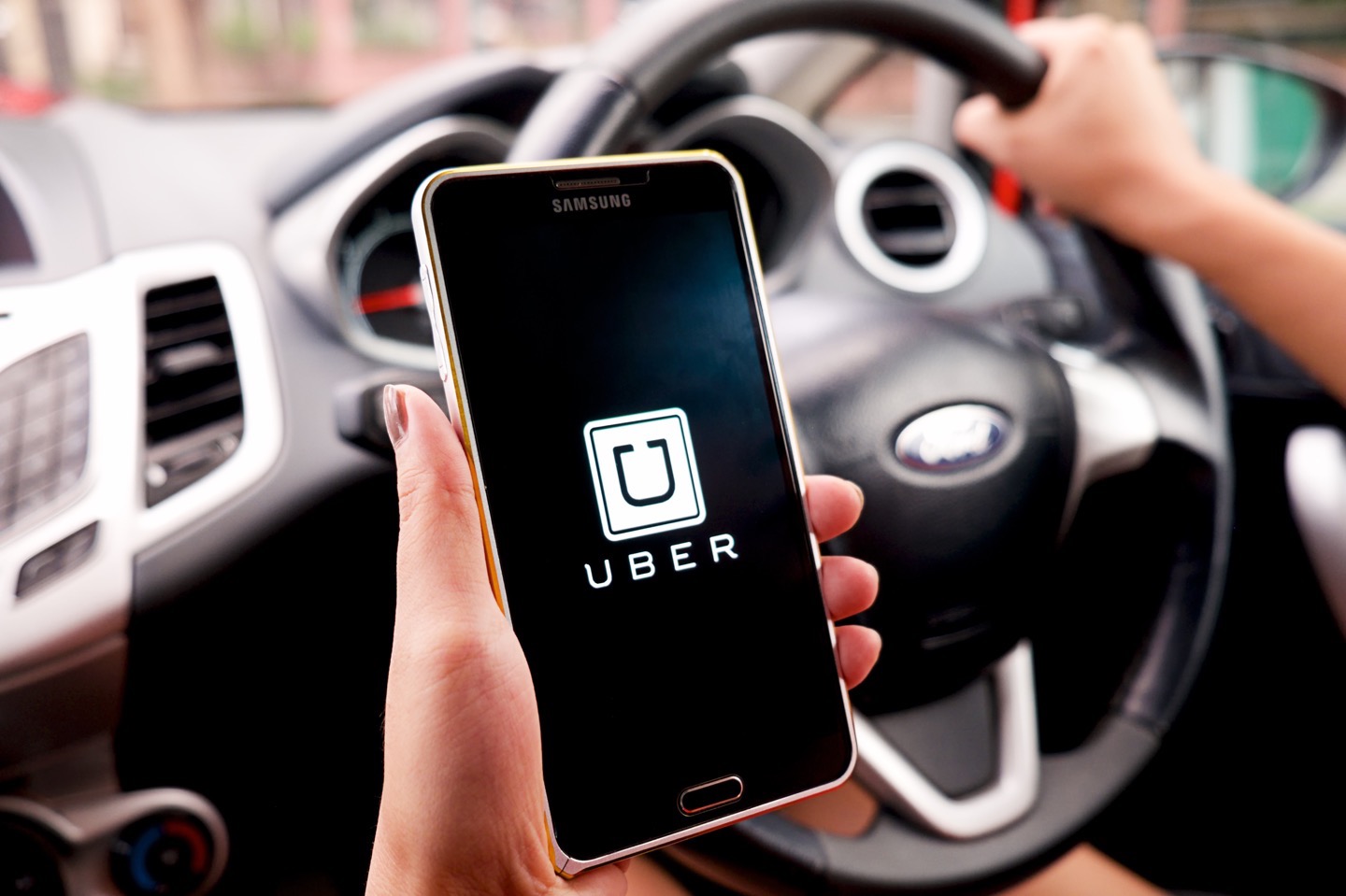Ride-sharing services like Grab and Uber tend to say that their services are to connect commuters on the last mile of their journey. Essentially meaning that they are meant to complement public transportation. However, it would appear that the public doesn’t see it that way and are using the service to replace buses and trains.
The Associated Press reports that studies conducted by several American municipal councils found that there were fewer people on public transportation in areas where ride-sharing is available. Commuters in those areas admitted that they would have chosen to walk, bike, or even skip the trip entirely if ride-sharing wasn’t available.
San Francisco’s Bay Area Rapid Transit system found a reduction in the number of passengers during weekends and off-peak hours. Citing ride-sharing as the primary reason for this happening.

That said, ride-sharing services like Uber try to reduce traffic congestion by reducing the need for people to own cars. Essentially encouraging people to carpool.
Most studies conducted on the effect of ride-sharing have been funded by the companies themselves. With few third party observers being given access to the raw data for research purposes.
It’s difficult to tell if the same occurrence is happening in other countries. The condition of public transportation varies across US cities; which could affect the attractiveness of taking the bus or subway. Which, in turn, affects how often one would use ride-sharing services.
[Source: AP]
Follow us on Instagram, Facebook, Twitter or Telegram for more updates and breaking news.



